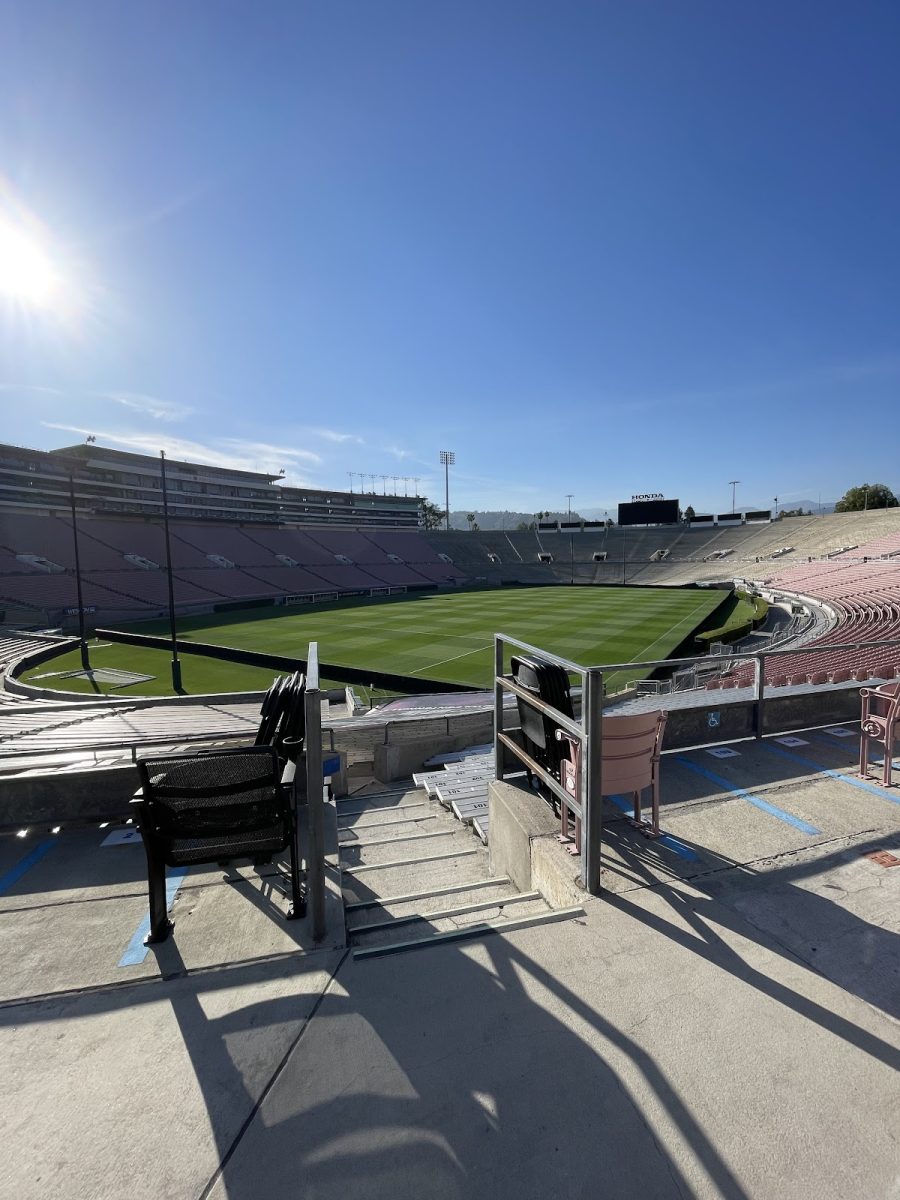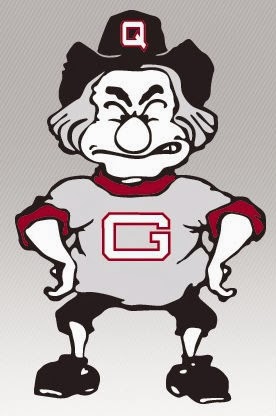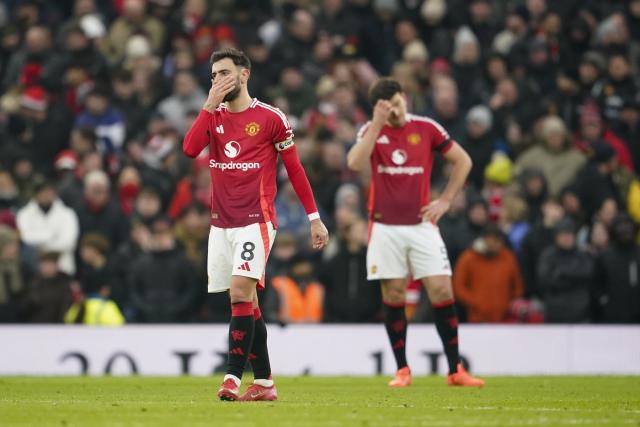Artificial turf was designed to be the perfect solution for all of the problems with natural grass, but now it may be an athlete’s greatest enemy.
Manufactured from synthetic fibers, artificial turf was intended to imitate the look and feel of natural grass. According to “History of artificial sports turf,” a blog post from California-based retailer installartificial.com, it typically has been used in areas that don’t have appropriate weather conditions to maintain natural grass. However, since artificial turf has minimal maintenance requirements, it has become more common.
According to installartificial.com, AstroTurf was developed in the mid-1960s from “a grass substitute made of artificial fibers called ChemGrass. The product was first used at Moses Brown School in Rhode Island in 1964 and became popular quickly. Today, the brand is known as AstroTurf and is manufactured in over 60 countries across the world.”
The widespread use of artificial grass on sports fields has led to a larger discussion of its pros and cons. Proponents of artificial turf say that one of its biggest benefits of is its cost.
According to the ESPN article “Inside the NFL turf debate: Injuries, safety measures, problems,” natural grass fields in a cold weather climate can cost around $2 million to $3 million per year to maintain, compared to around $1.25 million for the installation and maintenance of artificial turf.
The installartifical.com blog post states that artificial turf only requires brushing and sanitation once per week, making it more durable and easier to maintain. Typically on natural grass fields, if it rains the day before or the day of a sporting event, the event will be canceled because the field is inoperable. If the natural grass fields are played on in the rain, they potentially can be destroyed beyond repair.
Grace Holmes, a Guilford senior and lacrosse player, has first-hand experience with such situations. “I remember going weeks without being able to practice because our local football team would destroy the fields after playing in the rain,” she said.
According to the installartificial.com blog post, weather conditions can cut down the use of natural grass fields to about 700 hours a year. However, artificial turf fields can be used for about 3,000 hours a year.
While artificial turf has many positives, it also has its fair share of negatives. One drawback of artificial turf that people may not be aware of is its chemical properties.
According to a 2019 article from globalsportmatters.com, a platform of Arizona State University’s Global Sports Institute, “many brands of turf use small crumbs of rubber to support the fake grass, provide a more natural feel underfoot and provide a cushion. The rubber pellets are most commonly made out of recycled automotive tires and could pose a health hazard. These rubber crumbs can cling to a player’s hair, skin and clothing, which could lead to inhaling, ingesting or other direct contact with the rubber chemicals.”
In the article, titled “For Better Health, Safety of Athletes Which Playing Surface is Best,” writer Dustin Pare refers to experts to state that “artificial turf is often treated with biocides (and) it has been associated with an increased risk of Methicillin-resistant staphylococcus aureus infections,” also known as MRSA. “A MRSA infection can happen after skin is scraped or cut, which can occur from sliding on artificial turf,” according to the article.
When asked if an athlete’s playing surface has an impact on injuries or not, Guilford sophomore Ryan Garmendiz, a football and baseball player, said “I think it has a tremendous impact. Considering I play football on turf in the fall and then baseball on a grass field, I can speak from experience.
“I prefer grass fields because I feel safer, the ground feels better, I have a better grip on the grass fields, and when it is hot outside the temperature on the turf is way higher,” he said.
Pare’s 2019 article on globalsportmatters.com also refers to a then-ongoing study by the National Toxicology Program on rubber pellets. According to the study, “public health concerns about playing on synthetic turf fields have increased … due to media reports that young adult soccer players, particularly goalies, are being diagnosed with blood cancers.” A 2017 synopsis of the National Toxicology Program’s research on synthetic turf and recycled tire crumb rubber stated that at the time, “limited research (was) available by which to judge whether playing on these fields impacts human health.”
Dangerous infections aren’t the only health concern when it comes to artificial turf. A study published in The American Journal of Sports Medicine in 2019 showed that from 2012 to 2016, playing on artificial turf in the National Football League caused a 16% increase in lower body injuries per play compared to similar injuries per play on natural grass.
Guilford senior football player Trey Buie said he believes the NFL should be able to regulate the playing surfaces in its stadiums to make them all grass or all artificial turf.
“I think they should all be grass for player safety, and players have fought to have all grass fields in order to lower injury risk,” Buie said.







